Dal Recipes – Your Go‑to Guide
When working with dal, a family of split pulses that form the backbone of Indian cooking. Also known as lentils, it delivers protein, fiber and a comforting texture. Another close cousin is pulses, the broader category that includes peas, beans and chickpeas. One simple step that changes everything is soaking, which softens the grain and cuts cook time dramatically. Understanding these basics makes every dal recipes adventure easier.
Why Dal Matters in Your Kitchen
Dal isn’t just another side dish; it’s a nutritional powerhouse. Each cup provides roughly 18 g of protein and a hefty dose of iron, making it a staple for vegetarians and anyone looking to boost their diet. Because pulses belong to the legume family, they also carry slow‑digesting carbs that keep blood sugar steady. That’s why many Indian families serve dal at lunch and dinner – it fuels you without a spike.
When you soak dal for the right amount of time, the grains swell and the outer skin softens. Roughly 30 minutes for split red lentils, an hour for yellow moong, and up to four hours for larger varieties like chickpeas does the trick. Skipping this step can add 10‑15 minutes to stovetop cooking and may produce a grainy texture. The science is simple: water penetrates the seed, hydrates the starch, and reduces the energy needed to break down the cell walls.
Water ratio is the next secret sauce. Most dal types cook best at a 1:3 ratio (one part dal to three parts water). For thicker soups, drop it to 1:2.5; for a thin broth, go up to 1:4. Adjusting the ratio lets you switch from a hearty dal‑mahal to a light dal soup without changing the ingredient list.
Cooking methods vary, but the goal stays the same – tender, flavorful dal in the least time possible. On a stovetop, bring the dal and water to a boil, then simmer uncovered for 20‑30 minutes, stirring occasionally. A pressure cooker slashes that to 5‑10 minutes at high pressure, while an Instant Pot offers a set‑and‑forget 6‑minute manual mode. Each method preserves nutrients, but the pressure cooker’s sealed environment keeps more vitamins inside.
Cook time isn’t just about speed; it influences texture and flavor. Overcooked dal turns mushy and loses its distinct bite, while undercooked dal feels chalky. The sweet spot is a soft yet slightly firm grain that holds its shape in a bowl of gravy. Our quick‑reference table shows exact times for common varieties, so you never have to guess.
Portion planning can be tricky, especially when you’re feeding a crowd. For two adults, 100 g (about ½ cup) of dry dal typically yields 1½ cups cooked, enough for a main dish with rice or roti. Multiply by the number of guests, and add a 10 % buffer for hearty eaters. The same rule works for most dal types, whether you’re making a simple tadka or a layered dal makhani.
Timing matters for digestion, too. Eating pulses late at night can cause bloating because the fiber ferments longer in the gut when you’re lying down. A light dal soup at dinner is fine, but a heavy, spiced dal right before bed may disturb sleep. Pairing dal with a splash of lemon or a pinch of asafoetida (hing) can ease digestion and reduce gas.
In the U.S., many people call everything “lentils,” which masks the diversity of dal. Split pigeon peas, black gram, and green gram each have unique flavors and cooking needs. Recognizing these differences helps you choose the right dal for a recipe and avoid the pitfall of using the wrong type, which can throw off both taste and texture.
Rinsing lentils before cooking removes dust and reduces anti‑nutrients like phytic acid that can bind minerals. A quick rinse under cold water for 30 seconds is enough to clean the grains and improve flavor. Skipping this step may leave a gritty mouthfeel and slightly bitter aftertaste, especially in larger pulses.
All these tips—soaking, water ratios, pressure cooking, and mindful timing—come together to make your dal experience effortless. Below you’ll find a curated list of articles that dive deeper into each of these aspects, giving you exact numbers, step‑by‑step guides, and handy charts. Whether you’re a beginner looking for a quick dal or a seasoned cook fine‑tuning your technique, the collection has something for you.
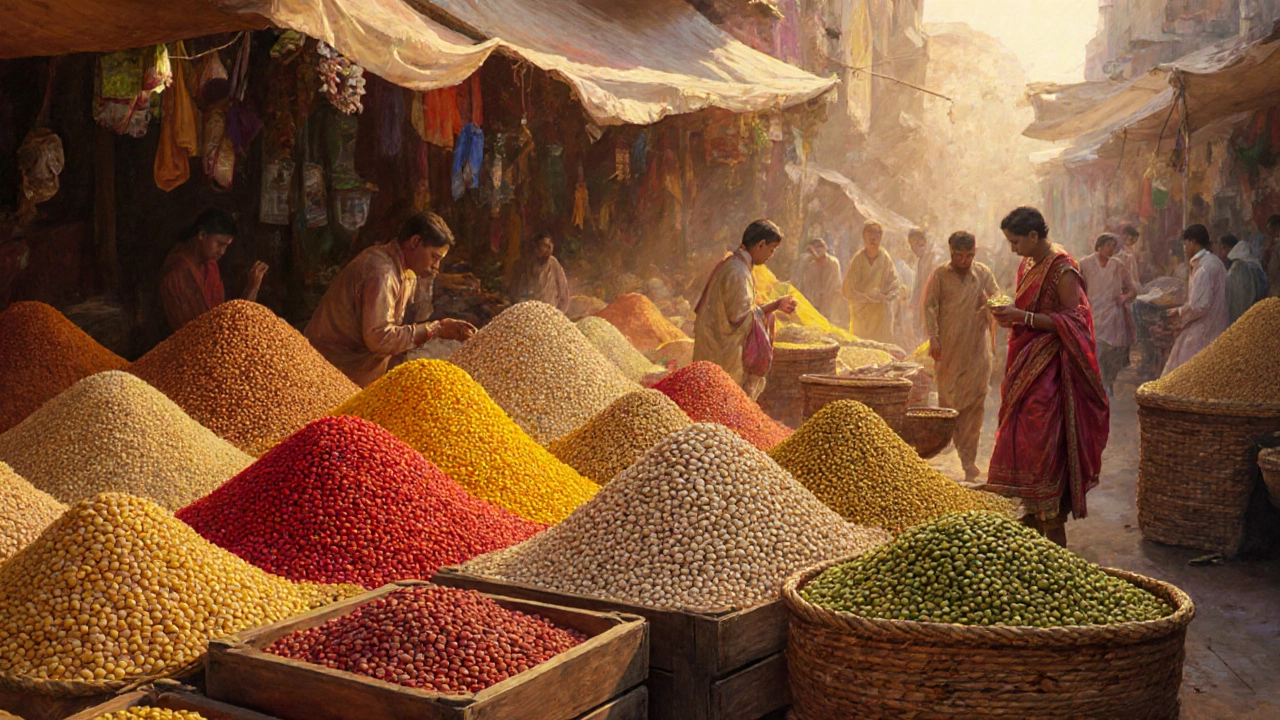
Dal vs Lentils: Key Differences Explained
Learn the key botanical, nutritional, and culinary differences between dal and lentils, plus buying, cooking, and storage tips for each.
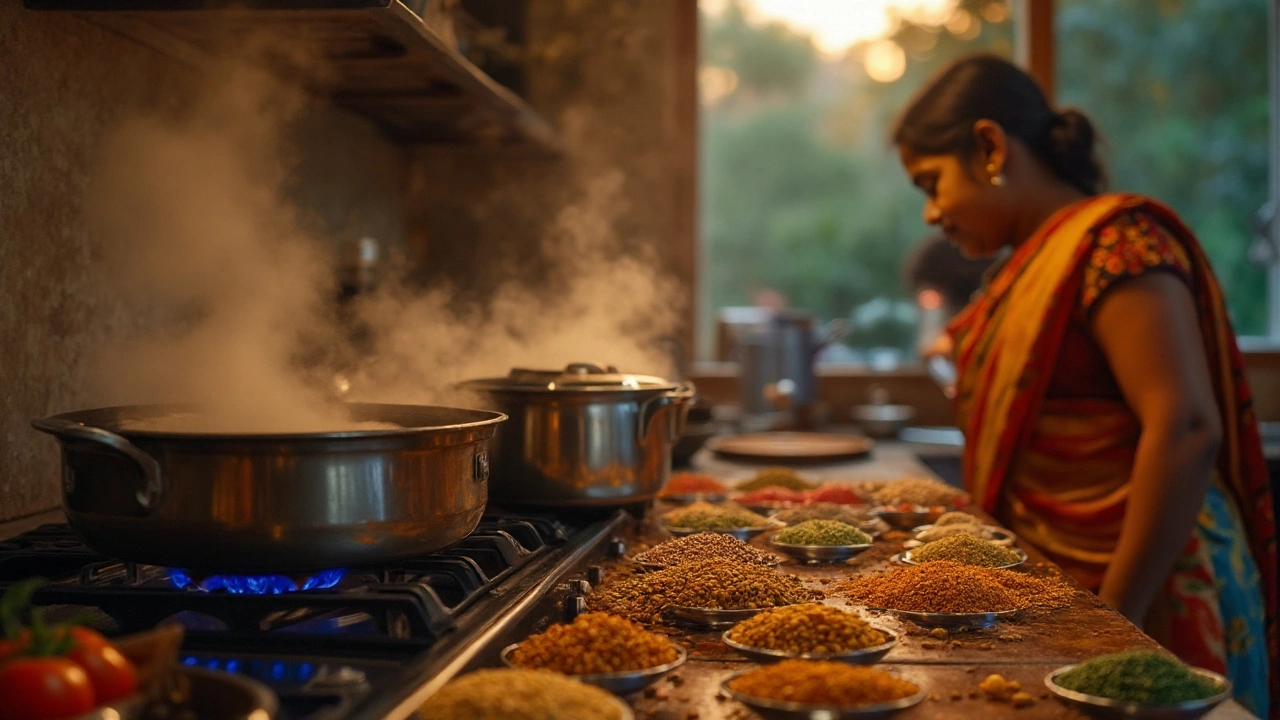
How Long Does Dal Take to Cook? Times, Water Ratios, and Methods
Exact cook times for dal on stovetop, pressure cooker, and Instant Pot. Includes water ratios, soaking rules, and a quick table for every common lentil.
-
22.09.25 -
Kaia Binari -
0
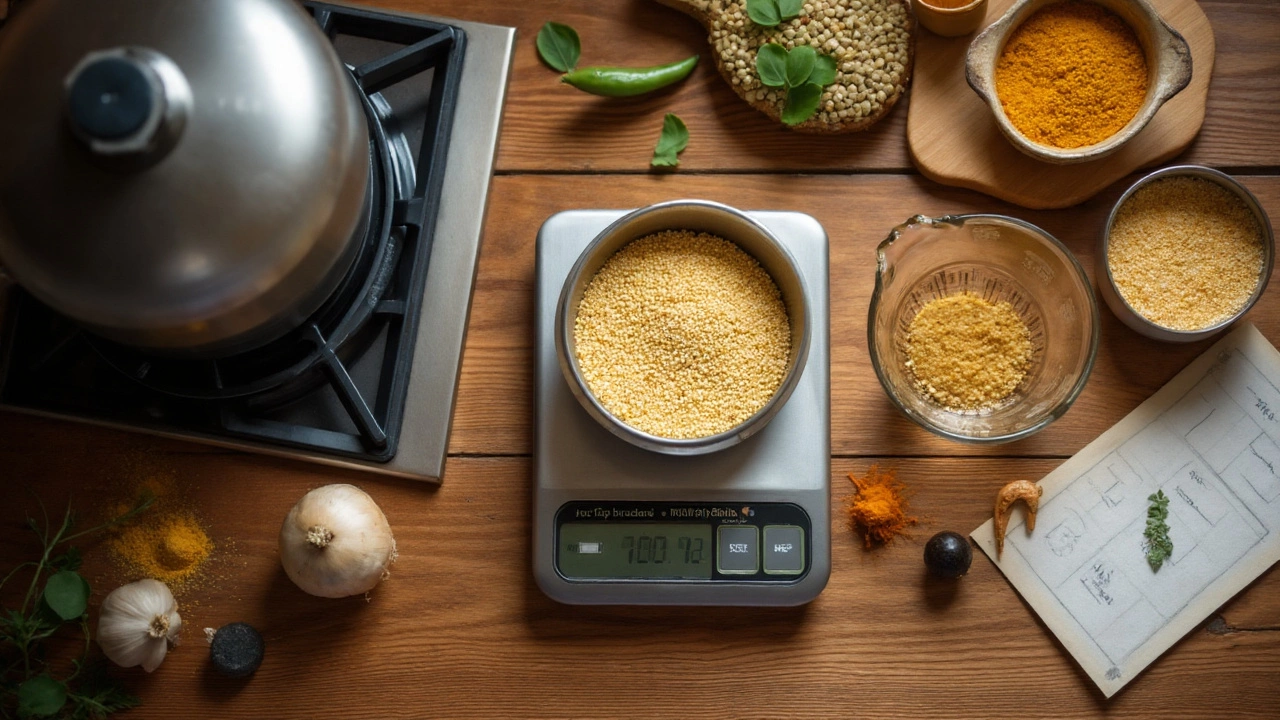
How Much Dal for 2 People? Exact Grams, Cups, and Water Ratios
The exact dal amount for 2: grams, cups, water ratios, soaking, cook times, and easy tweaks for appetites. Includes a yield table, checklist, and quick fixes.
-
16.09.25 -
Kaia Binari -
0
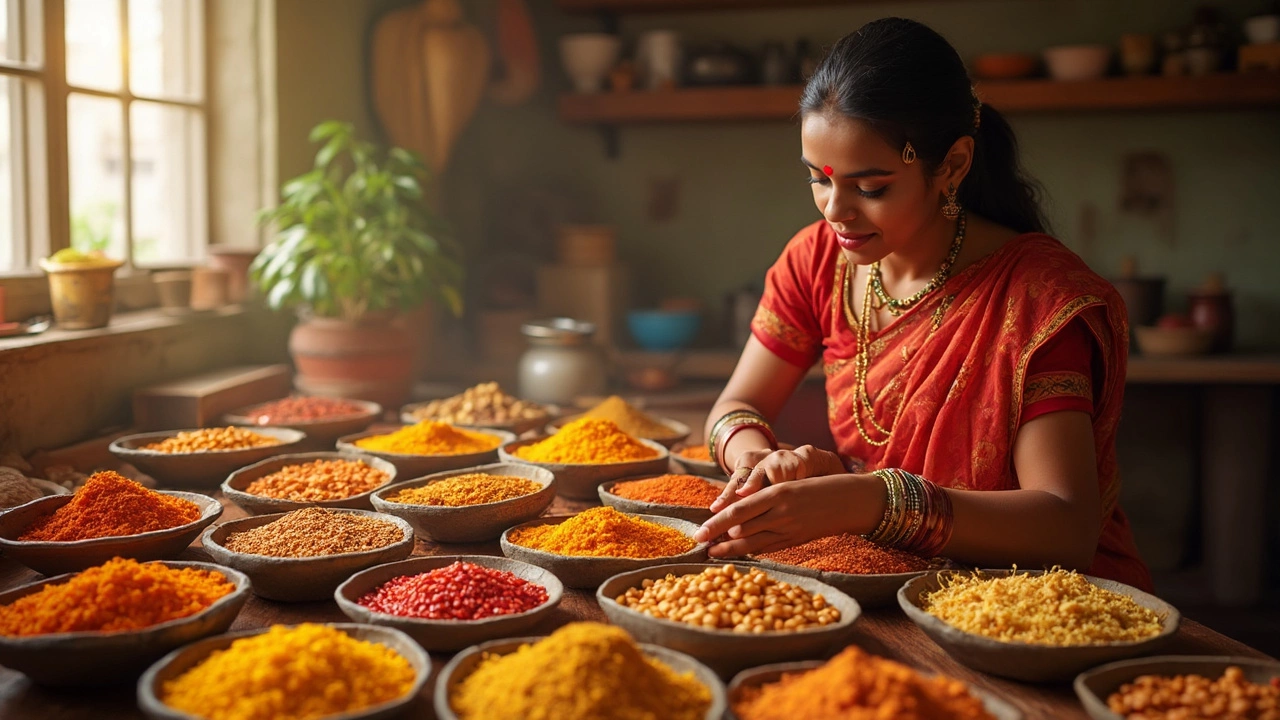
How Long Should I Soak Dal Before Cooking? Essential Tips for Simple Dal Recipes
Soaking dal can make all the difference in both its texture and how quickly it cooks. This article breaks down how long to soak different types of dal and explains why soaking matters. You'll learn what happens if you skip soaking, and some handy kitchen tips to make the process easier. Whether you want creamy dals for soups or just a quick weekday meal, there’s practical advice here. Even if you're always in a hurry, you'll find out how to prep dal fast without missing out on flavor.
-
14.06.25 -
Kaia Binari -
0
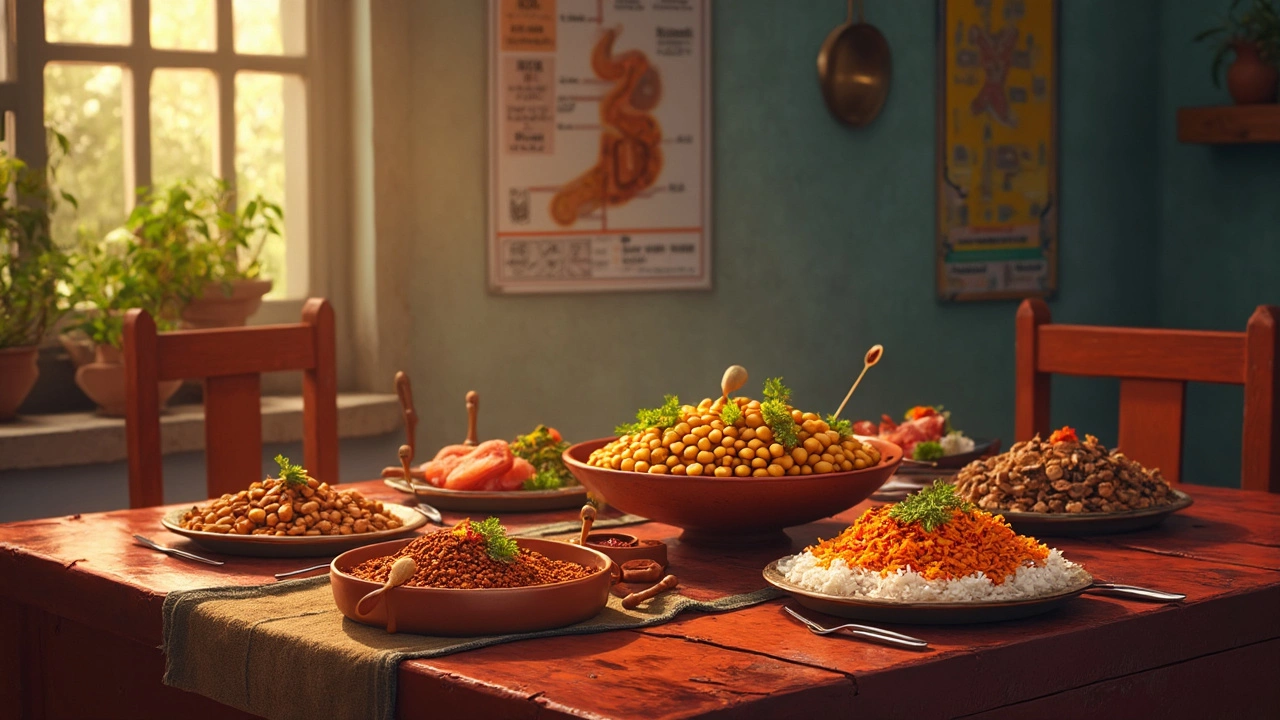
Why Eating Pulses at Night Might Not Be the Best Idea
Eating pulses at night isn't just about personal preference; there's actual science behind it. With their rich fiber and protein content, pulses can be tough on your digestive system if consumed before bed, potentially leading to bloating or discomfort. Knowing the right time and way to incorporate them into your meals can make a difference. Explore why nighttime might not be the best for dal, along with tips for better consumption. Make informed choices about your meals for optimal digestion.
-
12.04.25 -
Kaia Binari -
0
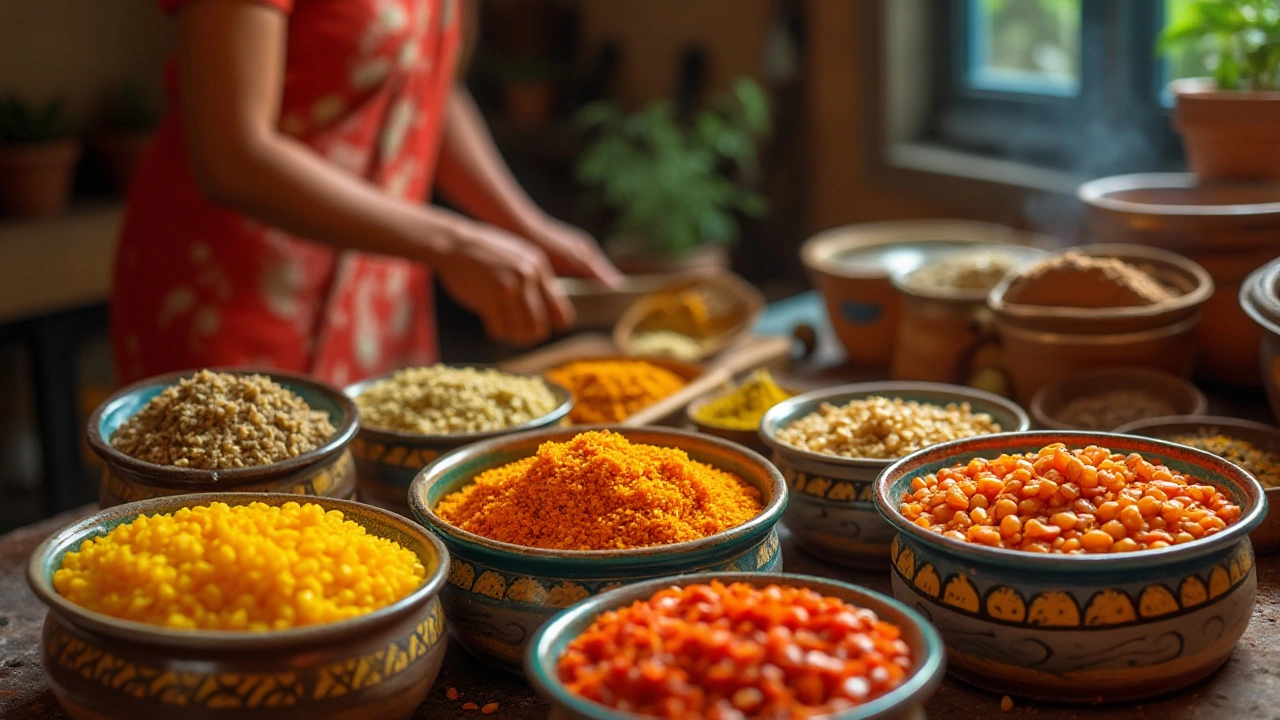
Understanding Dal: What Do Americans Call This Staple Ingredient?
Dal, a staple in Indian cuisine, refers to a variety of split pulses, including lentils, peas, and beans. In America, the term is often simplified to 'lentils', which can sometimes lead to confusion given the diversity of dal types. With its protein-rich nature and versatile culinary uses, dal holds a unique place both in traditional Indian kitchens and modern American diets. This article explores the terminology, variations, and simple recipes to enjoy this nutritious food.
-
31.01.25 -
Kaia Binari -
0
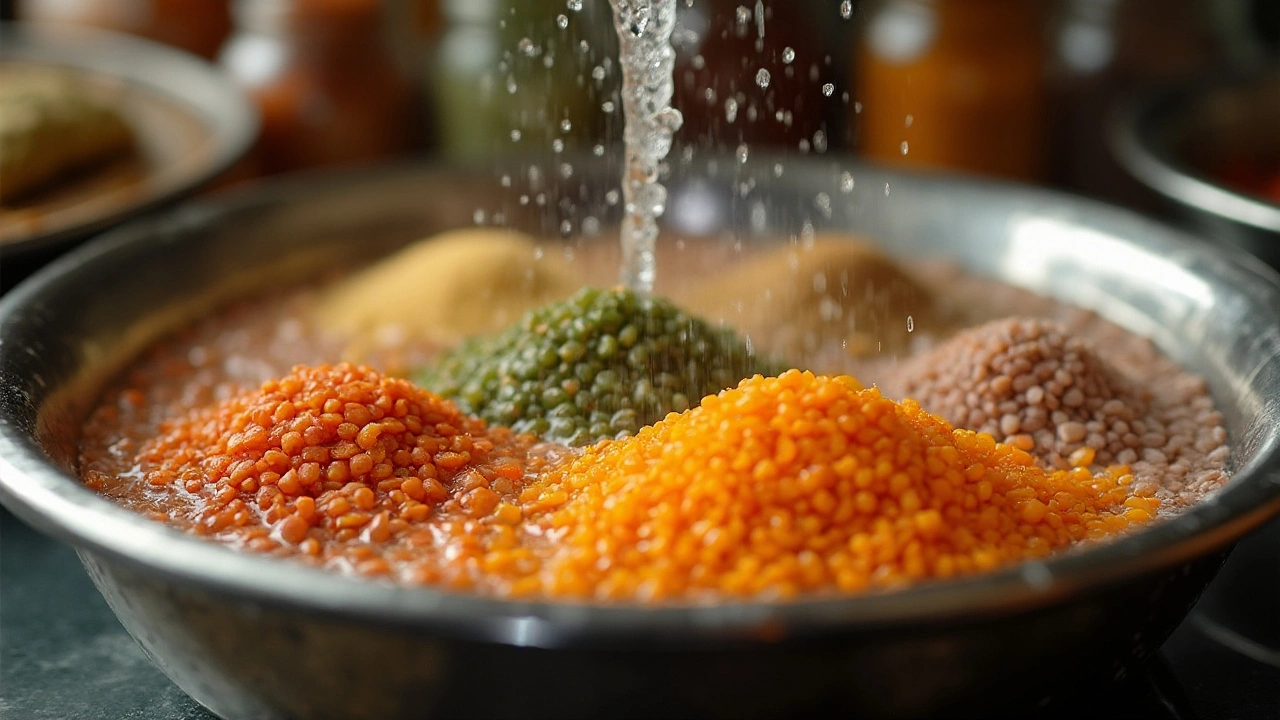
The Secret Behind Rinsing Lentils: Unlocking Flavor and Nutrition
Delving into the importance of rinsing lentils before cooking, this article explores how skipping this step can impact a dish both in flavor and nutrition. By understanding the role of rinsing, you're better equipped to prepare dal that tastes great and is good for you. Discover the hidden benefits of this often-neglected step, ways to rinse effectively, and how it transforms cooking simple lentil dishes. Arm yourself with tips and insights to elevate your culinary skills.
-
15.12.24 -
Kaia Binari -
0
- Healthy Living (14)
- Chutney Recipes (14)
- General (11)
- Easy Indian Recipes (9)
- Chicken Curry Recipes (9)
- Paneer Recipes (8)
- Street Food (8)
- Indian Sweets (8)
- Healthy Indian Snacks (8)
- Dal Recipes (7)
-
Top Indian State Consuming the Most Sweets - 2025 Data
11 Oct 2025 -
How to Remove Garlic Taste from Your Chutney
22 Mar 2025 -
Exact Flour Amount for One Perfect Roti - Quick Guide
21 Oct 2025 -
Is Baking Powder Necessary for Soft and Fluffy Roti?
31 Dec 2024 -
Why Indians Say ‘Tata’ Instead of ‘Bye’: Meaning, Origin & Usage
10 Oct 2025
29.09.25
Kaia Binari
0